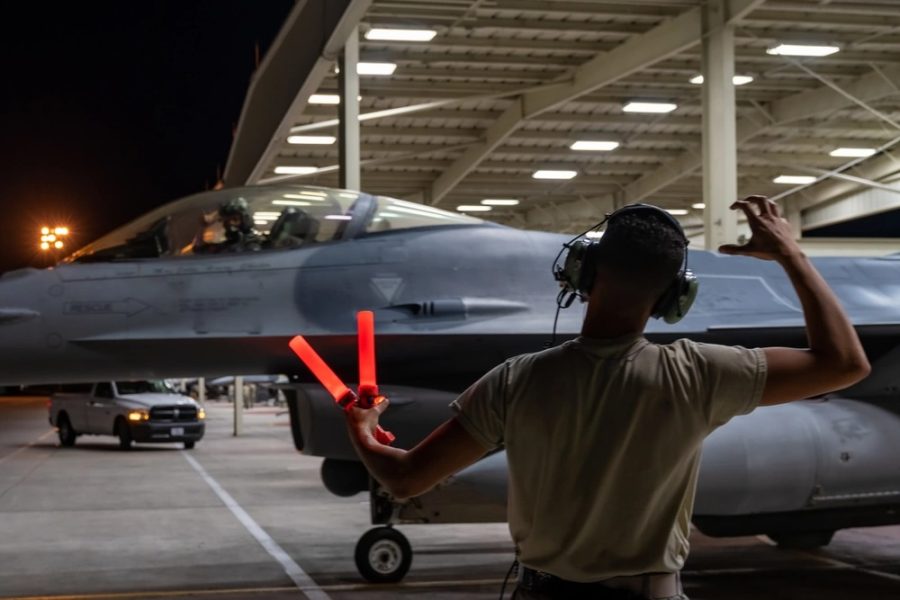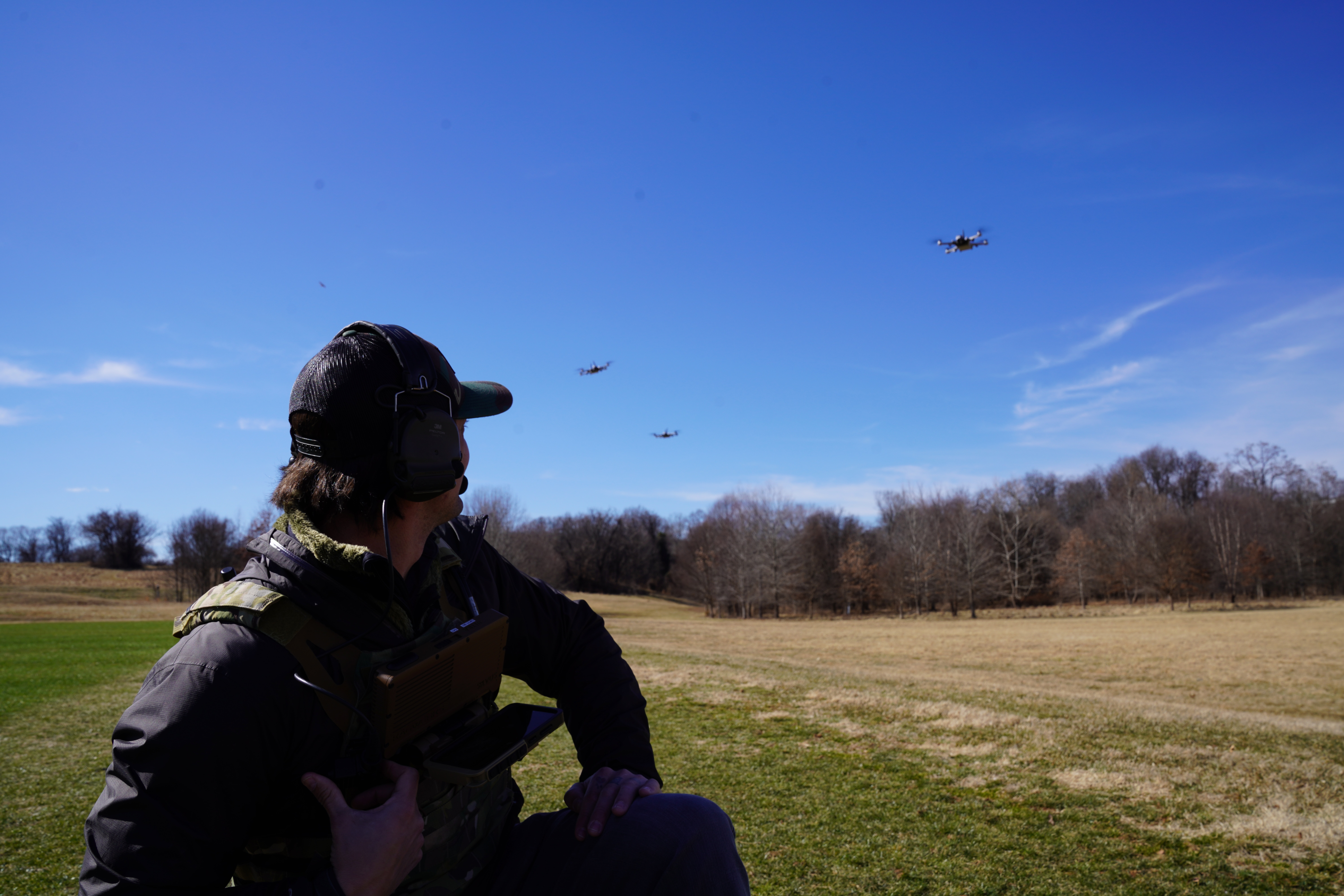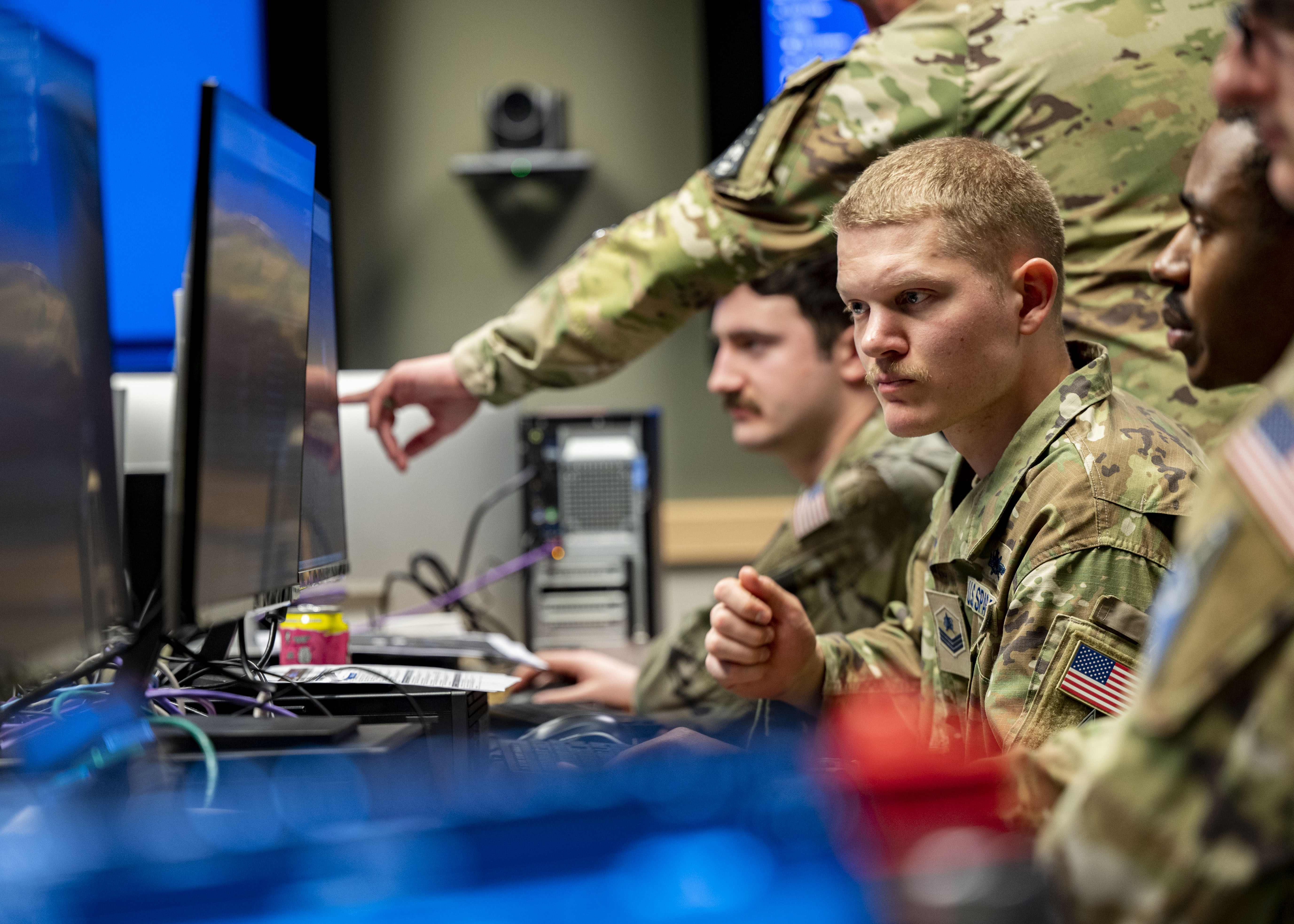
Air Force Reserve Command is running out of cash to give pilots the flying practice they need to stay ready for operations, the top Air Force Reservist told lawmakers.
“The flying hour program is at the foundation of our mission readiness and lethality,” Lt. Gen. John P. Healy told the House Appropriations Committee at a May 20 hearing. “However, the $145 million [operations & maintenance] mark full-year [continuing resolution] left us $26 million in the hole.”
That means the planned flying hour program will likely exhaust its funding by early September, “putting aircrew proficiency at risk,” he explained.
Across the Active, Reserve, and Air National Guard, the flying hour program indicates how much flying time crews need to safely operate aircraft. Inadequate flying hours reduces pilot proficiency and correlates with increased accident rates.
Flying hours are a recurring challenge across the Air Force, which has seen its total flying time decline over the past few years. Two decades ago, the Air Force had about 1.6 million flying hours, but as the aircraft fleet aged and the pool of pilots and maintainers shrank, that number fell to 1.45 million in 2019 and 1.07 in 2024, a decline of 26 percent over five years.
In his written statement, Healy said the flying hour program is hampered by aircraft availability, which in turn is affected by limited spare parts, supply chain constraints, depot capacity, and delayed delivery of new aircraft such as the F-35, KC-46, HH-60W, and MH-139.
“As the [Air Force Reserve] recapitalizes its fleet and as aircraft availability improves, we are now faced with an underfunded flying hour program degrading both aircrew and maintenance proficiency and readiness,” he wrote.
It’s a reversal from last year’s problem, Healy said. In fiscal year 2024, AFRC had about 6,300 flying hours too many as the C-5 was recapitalized and a KC-46 squadron transferred to the Air National Guard.
The Air Force has struggled for years to match enough planes to pilots.
“If you gave more flying hour program funding, we wouldn’t be able to generate the sorties because we don’t have the flight line maintainers to generate them,” then-deputy chief of staff for operations Lt. Gen. James Slife said in 2023. “These things are all interconnected.”
While simulators can keep some skills sharp, others require actual flying time. Senators flagged lack of stick time as a problem affecting pilot retention at a May 13 nomination hearing for the undersecretary of the Air Force for manpower and reserve affairs.
“The fact that the Air Force had this process that took pilots out of the cockpit … was one of the major reasons for the loss of the pilots from the Air Force,” said Sen. Angus King (I-Maine).
The post Air Force Reserve Pilots Short $26 Million for Flying Hours, Putting ‘Proficiency at Risk’ appeared first on Air & Space Forces Magazine.

Air, Warfighter Training, Air Force Reserve Command, aircraft availability, Congress, flying hour program, Lt. Gen. John P. Healy
Air & Space Forces Magazine
Bitcoin
Ethereum
Monero

Donate Bitcoin to The Bitstream
Scan the QR code or copy the address below into your wallet to send some Bitcoin to The Bitstream

Donate Ethereum to The Bitstream
Scan the QR code or copy the address below into your wallet to send some Ethereum to The Bitstream

Donate Monero to The Bitstream
Scan the QR code or copy the address below into your wallet to send some Monero to The Bitstream
Donate Via Wallets
Select a wallet to accept donation in ETH BNB BUSD etc..











